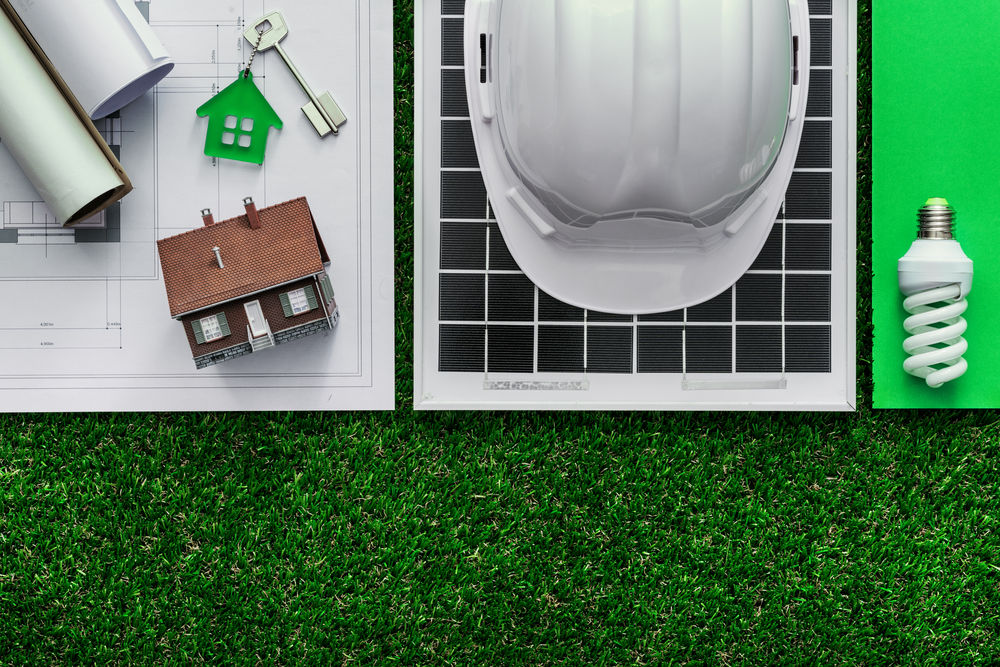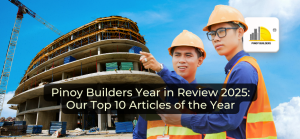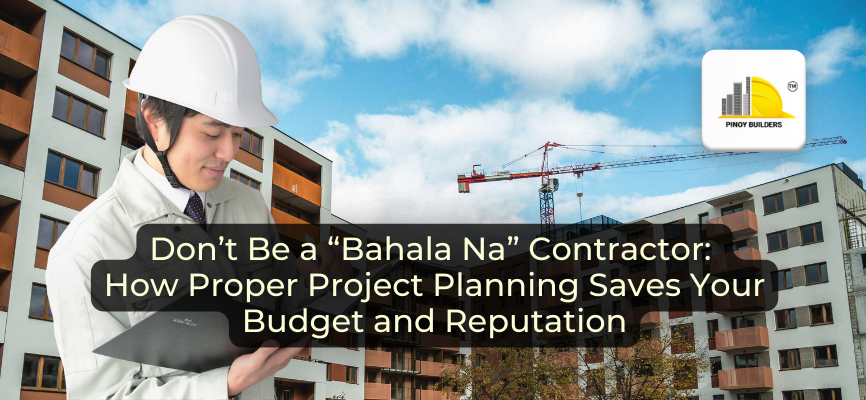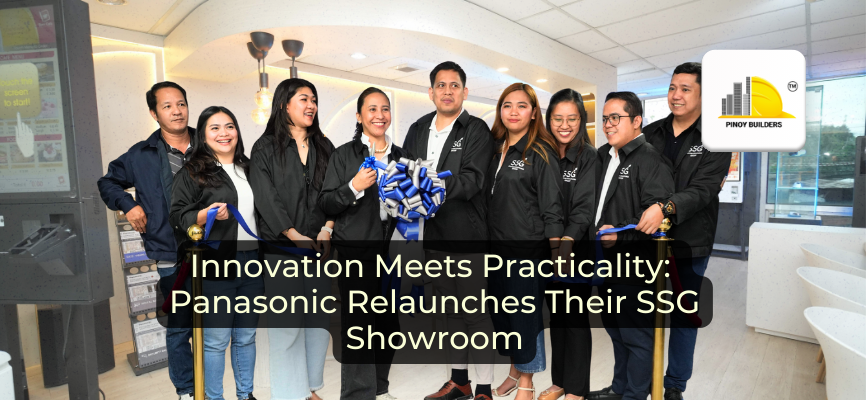With the House of Representatives signing the Green Building Act last August 2, 2018, the Philippines is well on its way to being environment-friendly builders. The government is working together with the International Finance Corp (IFC) to create the country’s Green Building Code.
Organizations like the Philippine Green Building Council (PhilGBC) have been promoting greener initiatives and spreading awareness on the benefits of green building. With the Philippines being among the list of countries most vulnerable to climate change, it is only right to address these issues and pursue solutions.
The United Nations Development Programme (UNDP) is lending Filipinos a hand to achieve the country’s Sustainable Development Goals (SDGs) with the help of PhilGBC. One initiative aims to build sustainable cities and communities that will help address problems arising from pollution, shortage of resources, and overpopulation.
Actions to be taken include reducing our ecological footprint by carrying out the following:
- Applying for green building certifications
The Philippines has a green building rating system created by the PhilGBC called Building for Ecologically Responsive Design Excellence (BERDE). The BERDE rating system was made specifically according to Philippine standards and practices.
Nonetheless, the United States Green Building Council’s (USGBC) Leadership in Energy and Environmental Design (LEED) can also be used as it is a globally recognized standard for green building certification.
- Use of sustainable building materials
There are about 35,000 tons of solid waste being produced daily in the Philippines, and adhering to using recyclable and biodegradable materials can help reduce pollution in the country. Both developers and property owners can patronize companies that offer sustainable materials to lessen carbon emissions. Holcim Solido is an example of an environment-friendly material. It is blended cement that performs better because of its 7-star advantage including strength that exceeds standards. It also has a lesser impact on the environment as it produces less carbon dioxide per ton of cement made.
- Take advantage of nature
Be energy efficient in your design and take into consideration the natural conditions of the building location. Save up on cost by making use of natural lighting. There are also designs that can reduce the usage of air conditioners through the strategic placement of windows.
- Use renewable energy sources
According to the Natural Resources Defense Council, renewable energy is drawn from natural sources that naturally replenish, like solar energy, wind energy, hydroelectric power, and biomass energy, among others.
Solar panels are a more specific example of naturally replenishing materials. They harness energy from the sun, one of the most powerful and renewable energy sources. Little by little, there is also an initiative to find ways to enable non-petroleum transportation with alternatives like biodiesel, natural gas, battery-electric, and the like. Though there is still a long way to go until this becomes the standard, what is more important is that there is a growing interest. After all, investing in technologies promoting the use of renewable energy is beneficial for the environment and other finances.
- Conserve and reuse water
Just recently, the Philippines had a water supply crisis. Promoting the use of rainwater harvesting processes can help minimize this kind of inconvenience, and also encourage efficient water consumption. Enforcing sewage treatment plants can likewise help raise awareness of proper wastewater management. This, in turn, will educate people to conserve water.
- Propose flood management contingencies
On average, the Philippines is hit by a tropical cyclone about 20 times a year. Since there are a number of flood-prone areas in the country, this statistic is alarming and poses potential devastating impact on the country’s economy. Thus, effective measures on the implementation of flood management measures can help minimize property damage and loss of life. Also, it can be noted that protection and conservation of mangroves in coastal communities can help mitigate the risks of flooding. Raising awareness for this natural bio-shield can help protect vulnerable communities and the environment.
The rising frequency in the application of these technologies prove that Filipinos are starting to become more environmentally conscious. With this in mind, we can say that our country is on the right track to being more earth-friendly.
![]()










